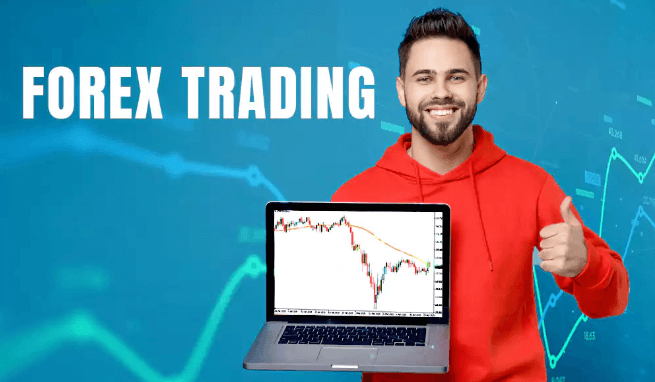The foreign exchange (forex) market is the largest financial market in the world, with a daily trading volume exceeding $6 trillion. For those looking to navigate these vast waters, selecting the best trading platform for forex is imperative. This article offers a comprehensive guide on the facets of forex trading platforms and their importance in a trader’s journey.
What is a Forex Trading Platform?
A forex trading platform is not just a portal to the vast foreign exchange market; it’s a combination of tools, features, and technologies tailored for both newcomers and seasoned traders. Here’s an in-depth look:
1. Market Access:
These platforms bridge the chasm between retail traders and the interbank forex market, providing real-time quotes and enabling active market interaction.
2. Order Types:
From market orders to limit and stop orders, platforms ensure traders have nuanced control over their market entries and exits.
3. Charting and Analysis:
Advanced charting tools help traders visualize price trends, from basic line graphs to intricate candlestick representations.
4. Technical Indicators:
Overlay tools like Moving Averages or the Relative Strength Index (RSI) guide traders in their market decisions.
5. Fundamental Analysis Tools:
Embedded news feeds, economic calendars, and sentiment gauges provide a pulse on the larger market drivers.
6. Automated Trading and Expert Advisors (EAs):
Platforms like MetaTrader facilitate strategy automation, allowing algorithms to execute trades based on set parameters.
7. Social and Copy Trading:
Emergent features in modern platforms, these allow traders to emulate the strategies of established market players.
8. Backtesting Capabilities:
Before real-time application, traders can test strategies against historical market data for refinement.
9. Multi-account Management:
This caters to professional traders or account managers, streamlining operations across multiple portfolios.
10. Security:
Emphasizing user data and fund safety, platforms employ measures like two-factor authentication and encryption.
Essential Features of the Best Trading Platform for Forex:
a) User-friendly Interface: An intuitive layout ensures efficient trading operations.
b) Real-time Data: Accurate pricing and swift trade execution are paramount.
c) Mobile Trading: With the rise of smartphones, on-the-go trading capabilities are invaluable.
d) Customer Support: Reliable support guarantees assistance whenever required.
Advantages of Using the Best Trading Platform for Forex:
a) Speed and Efficiency: Swift trade executions can be decisive in the dynamic forex landscape.
b) Advanced Tools: An arsenal of tools aids in-depth market analysis and informed decision-making.
c) Flexibility: Adaptable to varied devices, from desktops to mobiles.
d) Safety and Reliability: Ensuring peace of mind through stringent security measures.
Popular Platforms in the Forex Market:
Forex platforms like MetaTrader 4 (MT4) and MetaTrader 5 (MT5) dominate the scene, but others, including cTrader and NinjaTrader, also offer unique features that cater to diverse trader needs.
Tips for Choosing the Right Forex Trading Platform:
a) Demo Accounts: Test platforms before commitment.
b) Broker Affiliation: The platform’s credibility is often tied to its associated broker’s reputation.
c) Research: Online reviews and testimonials can be insightful.
d) Costs and Fees: Beware of hidden charges.
e) Customizability: Personalize tools and interfaces for a tailored trading experience.
Conclusion:
Selecting the best trading platform for forex is a pivotal step in a trader’s journey. With the right suite of tools, real-time data, and robust security measures, the platform acts as a guiding compass, navigating the vast expanse of the forex market. For traders, this means not only seamless operations but also enhanced decision-making capabilities.

